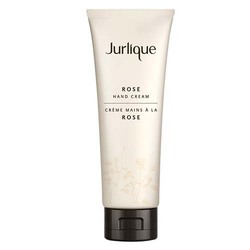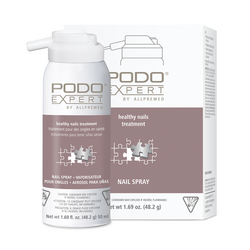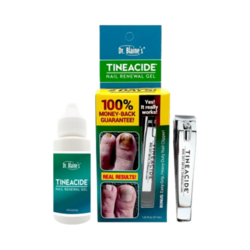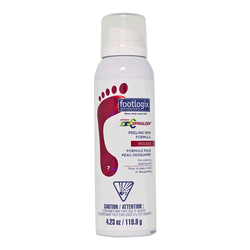Dry, Damaged Nails? Here’s Your Spring Fix

Introduction
 |
If your nails have been more brittle, peeling, or just generally sad-looking these past few months, you’re not alone—and it’s definitely not your fault. Winter’s cold, dry air and indoor heating strip moisture from your body — nails included. Add hand-washing, harsh winds, and polish removers, and your nails are bound to suffer. The good news? With a little know-how and a simple, affordable routine, you can revive them by spring. |
Understanding the Anatomy of Nails
Your nails are more than just a canvas for polish—they’re intricate structures designed to protect and support your fingers. Here’s a closer look at how nail composition, growth, hydration, and nutrition play vital roles in maintaining healthy nails.
Keratin & The Nail Plate
Understanding your nails starts with keratin—a fibrous protein also found in hair and skin. When well-hydrated, it stays strong and flexible, but without moisture, nails become brittle and prone to breakage.
The nail cells originate in the matrix, located at the base of the nail, which is visible as the half-moon shape. Here, cells are generated, pushing the nail forward at approximately 3 mm per month. Therefore, any damage to the tip of the nail can take a significant time to repair, which calls for patience and continuous care to maintain nail health over time.
Hydration plays a key role in nail health—water makes up about 18% of a nail’s weight. When moisture drops, so do flexibility and strength. Keeping both your body and nail plate hydrated helps maintain resilience.
Nutrition forms the foundation of healthy nail growth. Keratin production depends heavily on amino acids from dietary proteins, which can be found in foods such as eggs, fish, and beans. Additionally, micronutrients like iron, zinc, and B vitamins are instrumental in fostering robust nail growth. Even a minor deficiency in these nutrients can result in weaker nails and a decelerated growth rate, highlighting the importance of a balanced diet for the condition of your nails.
What Winter Really Does to Your Nails
As winter thaws into spring, your nails may still bear the brunt of the colder season's harsh effects. Transitioning from cold, dry conditions to the milder, moisture-rich atmosphere of spring presents its own set of challenges. This section will explore the aftermath of winter on your nail health and how to rejuvenate and prepare them for the brighter days ahead.
|
Cold, Dry Air & Indoor Heat Wet–Dry Cycles Chemical & Physical Stress |
"Your nails are more than just a canvas for polish—they’re intricate structures designed to protect and support your fingers. "
|
Visible Signs |
Tips to Boost Nail Strength Every Day
|
After washing your hands, pat—don’t rub—your nails and cuticles dry. Then apply a nourishing hand cream or natural oil such as coconut, olive, or jojoba. Repeating this routine three times a day helps lock in moisture. Ditch Bad Habits Avoid nail-biting, picking at hangnails, or using your nails as tools. Keep a nail file nearby to smooth out any snags before they worsen. Gentle Cleansing Replace harsh, scented soaps with mild, fragrance-free options. When removing nail polish, choose non-acetone removers to avoid excessive drying. |
 |
Breathe Between Polishes
Give nails a break every few weeks. Even a clear strengthening coat can trap moisture unevenly; bare nails recover faster.
Spring Nail Care: Rejuvenate and Strengthen
1. Nail Oils & Cuticle Conditioners
A nourishing nail oil is your top priority for healing cracked cuticles and restoring nail flexibility. Look for ingredients like:
-
Jojoba oil (penetrates the nail plate)
-
Vitamin E (helps soften and repair skin)
-
Almond or coconut oil (great for sealing in moisture)
2. Moisturizing Hand Creams with Added Benefits
Not all hand creams are created equal. For nail health, go for formulas that are:
-
Fragrance-free or low-fragrance
-
Rich in glycerin, shea butter, or urea for long-lasting hydration
-
Quick-absorbing, so you’ll actually reapply them regularly
Keep one at your sink, desk, and in your bag for easy access.
C$ 48.00
C$ 87.00
C$ 34.00
3. Nail Strengtheners (Use Sparingly)
Nail strengtheners can help rebuild thin or peeling nails—but overuse may cause brittleness. Choose formulas labeled as:
-
Formaldehyde-free (gentler and safer long term)
-
Designed to hydrate and reinforce , not harden to excess
-
Some double as base coats, ideal for polish fans
?? Use 1–2 times a week, and give your nails a break between coats.
4. Gentle Nail Polish Removers
If you wear polish regularly, the remover you use matters. Avoid harsh acetone whenever possible. Instead, opt for:
-
Non-acetone removers with added oils
-
Cream or oil-based removers (less drying, though slower)
-
Remover wipes for mess-free touch-ups
?? Always moisturize right after using remover.
Bonus: Could It Be Nail Fungus?
If your nails are yellow, thick, or crumbling—and not improving with moisturizers or oils—you might be dealing with nail fungus (onychomycosis). It's more common than you think, especially after winter, when cracked cuticles and damp gloves create an ideal environment for infection. |
 |
Common signs include:
|
What to do:
- Consider natural antifungal remedies like tea tree oil or apple cider vinegar applied topically
- Maintain short, neatly trimmed nails and ensure that your nail care tools are sterile.
- If symptoms continue, consult with a dermatologist, as they may recommend oral medications or prescription-strength topical treatments
Fight Back Against Fungal Nails—Gently and Effectively
C$ 29.50
C$ 32.00
C$ 30.80
Prevent it by:
- Letting nails breathe between gels or acrylics
- Applying a nourishing cuticle oil regularly to keep nails hydrated and strong
- Keeping footwear on in communal showers or gym areas to prevent fungal infections
Putting It All Together:
This spring, let your nails blossom just like the season’s flowers. By understanding how winter weather affects nail structure and committing to simple daily habits—hydrating inside and out, protecting with gloves, and nourishing with a balanced diet—you’ll rebuild strength without splurging on specialized products.
Remember: nail recovery is gradual. With patience and a friendly, science-backed routine, you’ll wave goodbye to winter damage and welcome a new season of healthy, resilient nails. Happy spring (and happy nail care)!
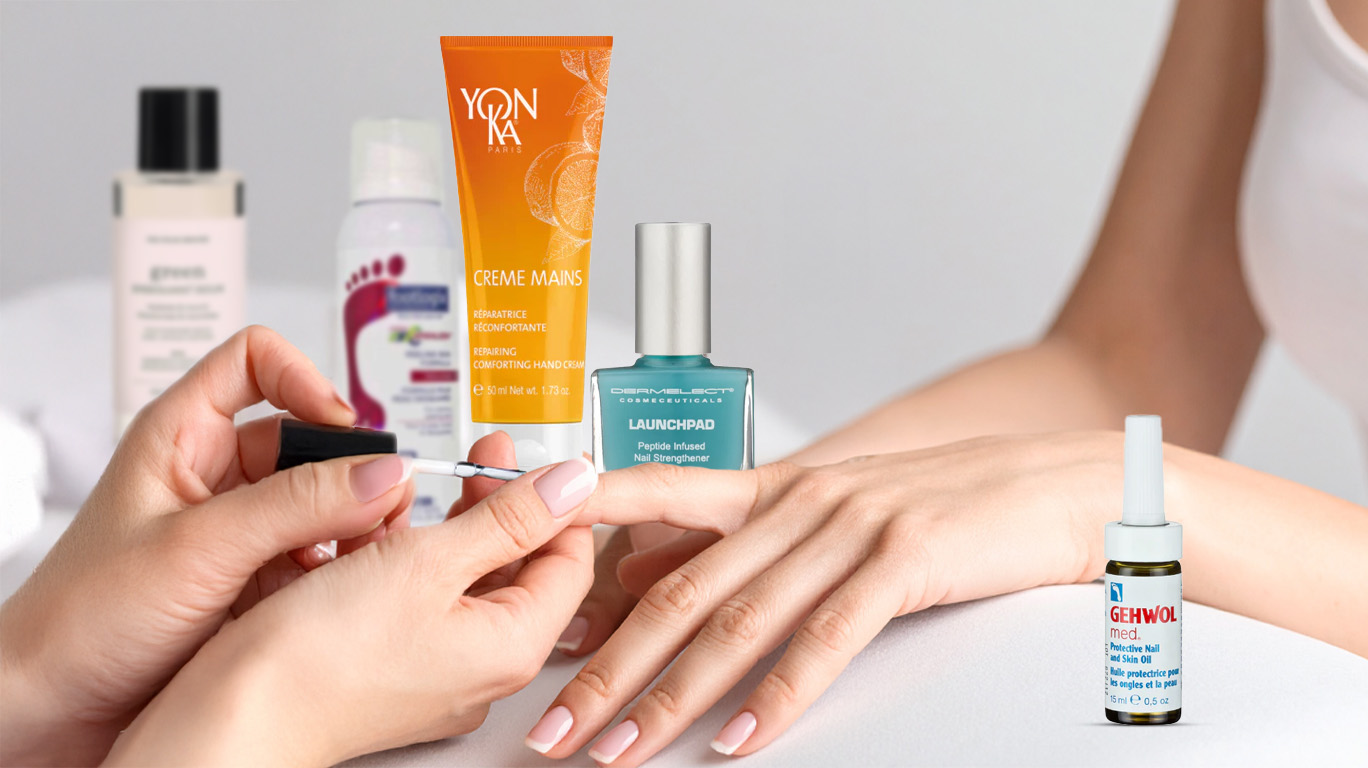 |

